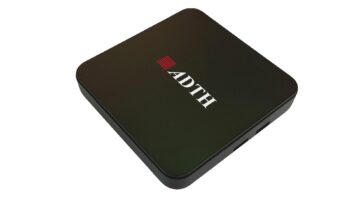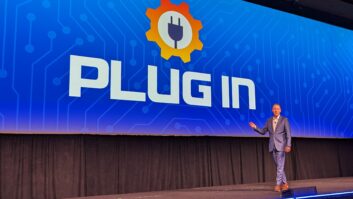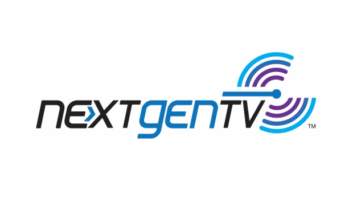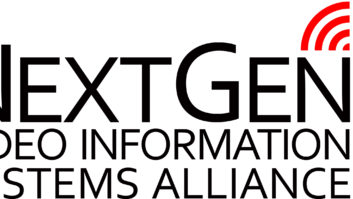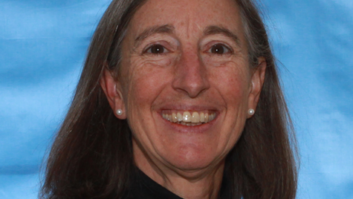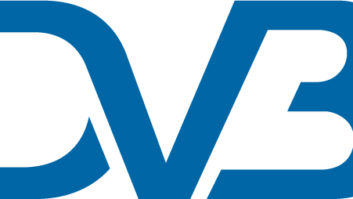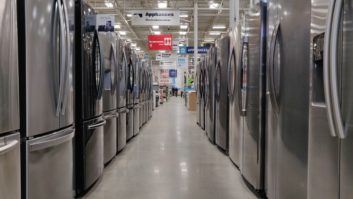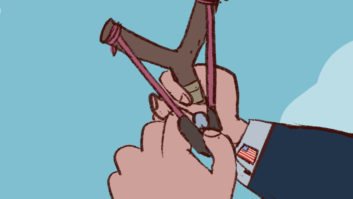iBiquity Digital said the fortunes of its terrestrial digital audio radio (DAR) rollout were advanced with the announcements that Ford made an equity investment in the company and that iBiquity’s digital AM technology worked as promised in recently completed field tests.
During CES, iBiquity also said it expects its 2002 broadcast-equipment rollout to be broader than previously announced and that OEM radio supplier Visteon obtained an iBiquity license.
The amount of the Ford investment wasn’t disclosed, nor does it obligate Ford to offer digital radios in its vehicles, but iBiquity president Bob Struble said auto company agreed to “investigate opportunities” to offer DAR in Ford, Lincoln and Mercury vehicles. He also said he “wouldn’t be surprised” if DAR receivers appeared in Ford vehicles in model year 2003 or 2004. Visteon, Struble noted, is a key radio supplier to Ford.
Ford’s agreement doesn’t apply to the company’s other brands, such as Jaguar, Volvo and Mazda.
Other iBiquity licensees are Kenwood and Harman Kardon for receivers, Texas Instruments for chips, and broadcast equipment companies such as Harris.
iBiquity also outlined its rollout plans in greater detail. As previously announced (TWICE, Nov. 30, 2001), iBiquity will concentrate its 2002 transmitter marketing efforts on the top six early adopter markets — Chicago, Los Angeles, Miami, New York, San Francisco and Seattle — with a year-end goal of reaching 50 percent of those markets’ radio listeners.
Struble now says iBiquity will also target five additional markets in parallel with the six primary markets and wants “some stations” in the five markets on line in 2002. The additional markets are Atlanta, Boston, Dallas, Denver and Detroit.
At April’s NAB convention, the three top transmitter manufacturers —Harris, Nautel and BE — plan to take orders for DAR broadcast equipment, Struble said. Receivers will be introduced at January 2003’s CES.
The next steps in launching terrestrial DAR, Struble said, are as follows:
- NRSC’s review of the AM field tests. That’s expected in two months, when the NRSC will forward its findings to the FCC. The FCC will then take several months to determine whether the standard meets FCC criteria for implementing digital radio. The criteria include enhanced audio fidelity, robustness to interference, spectrum efficiency, and compatibility with existing analog service.
- Completion of the FCC’s deliberations on whether iBiquity’s proposed FM solution meets FCC criteria. The NRSC already endorsed the FM solution, which also went through field tests. Comments are due to the FCC by March 21.
- Second-half FCC deliberations to issue technical rules for digital broadcasters.
“We expect the FCC will give [broadcast] equipment manufacturers the comfort to take orders at NAB,” Struble said. iBiquity has been working closely with the FCC, he noted, and iBiquity’s technology is the only one under consideration by the FCC.




